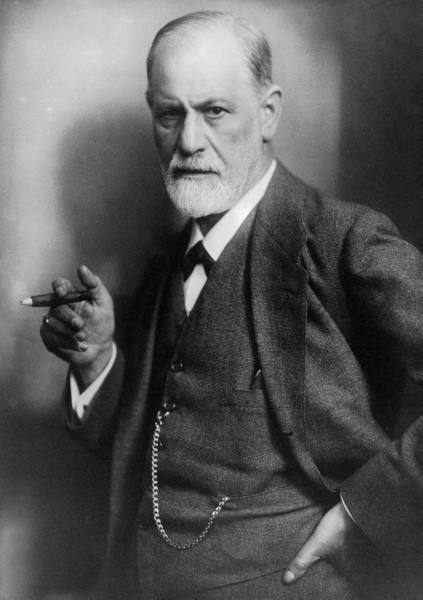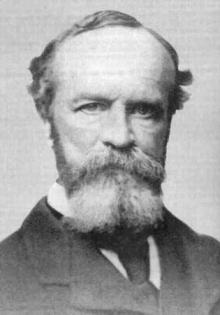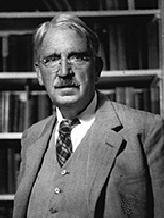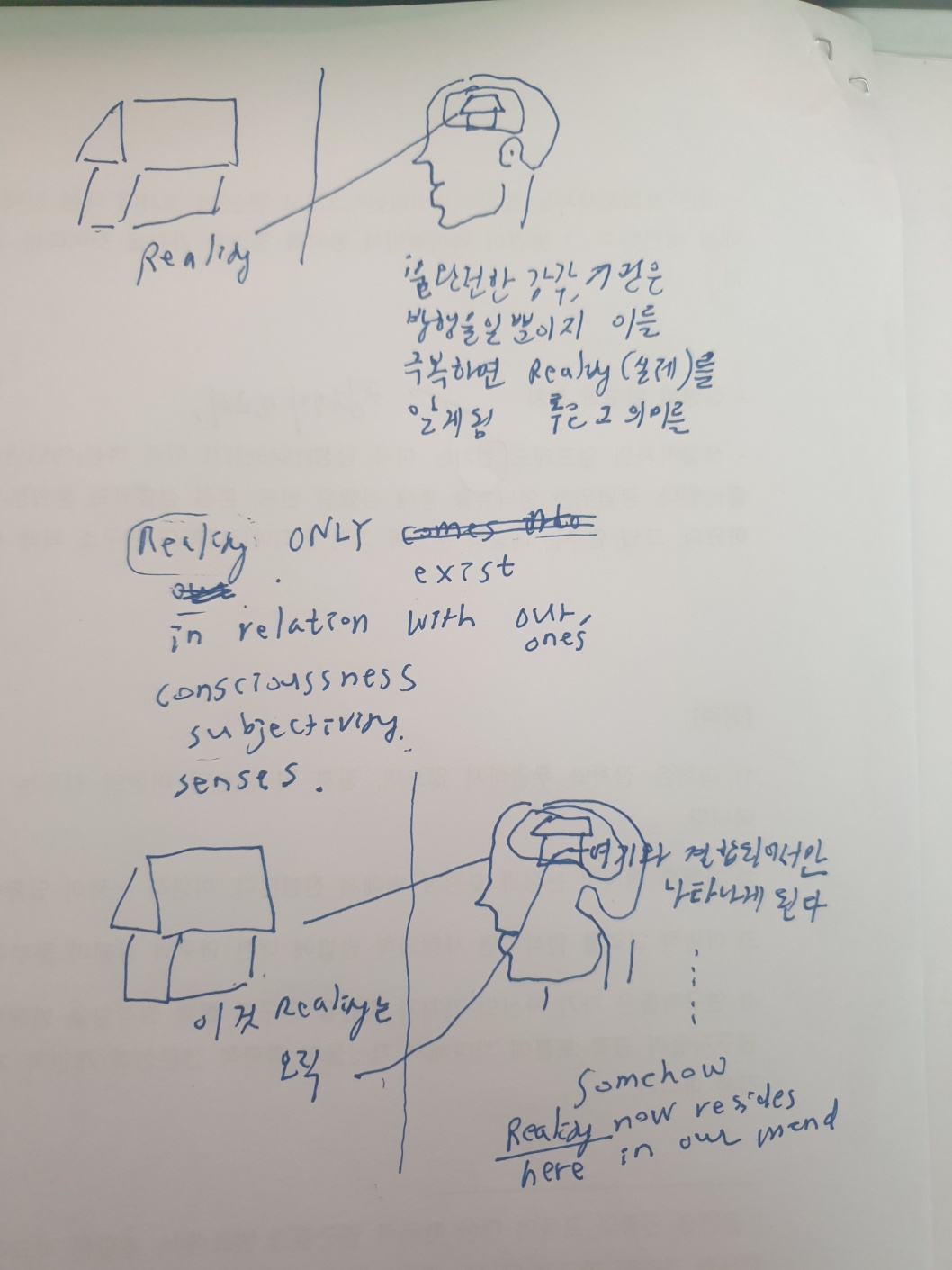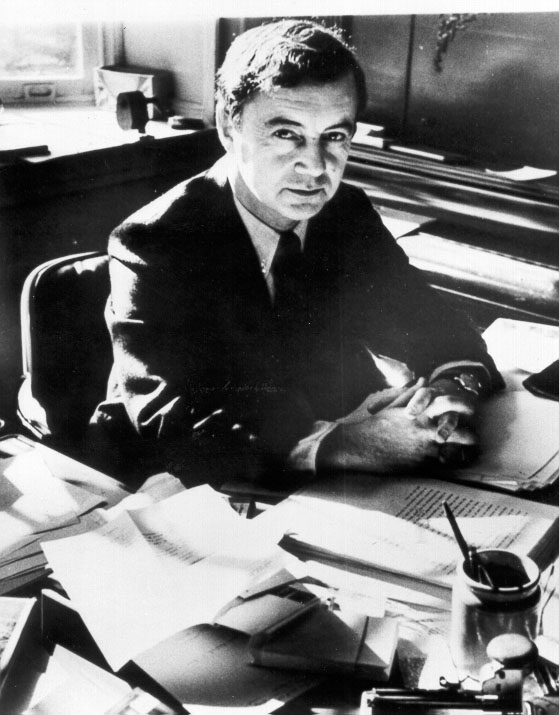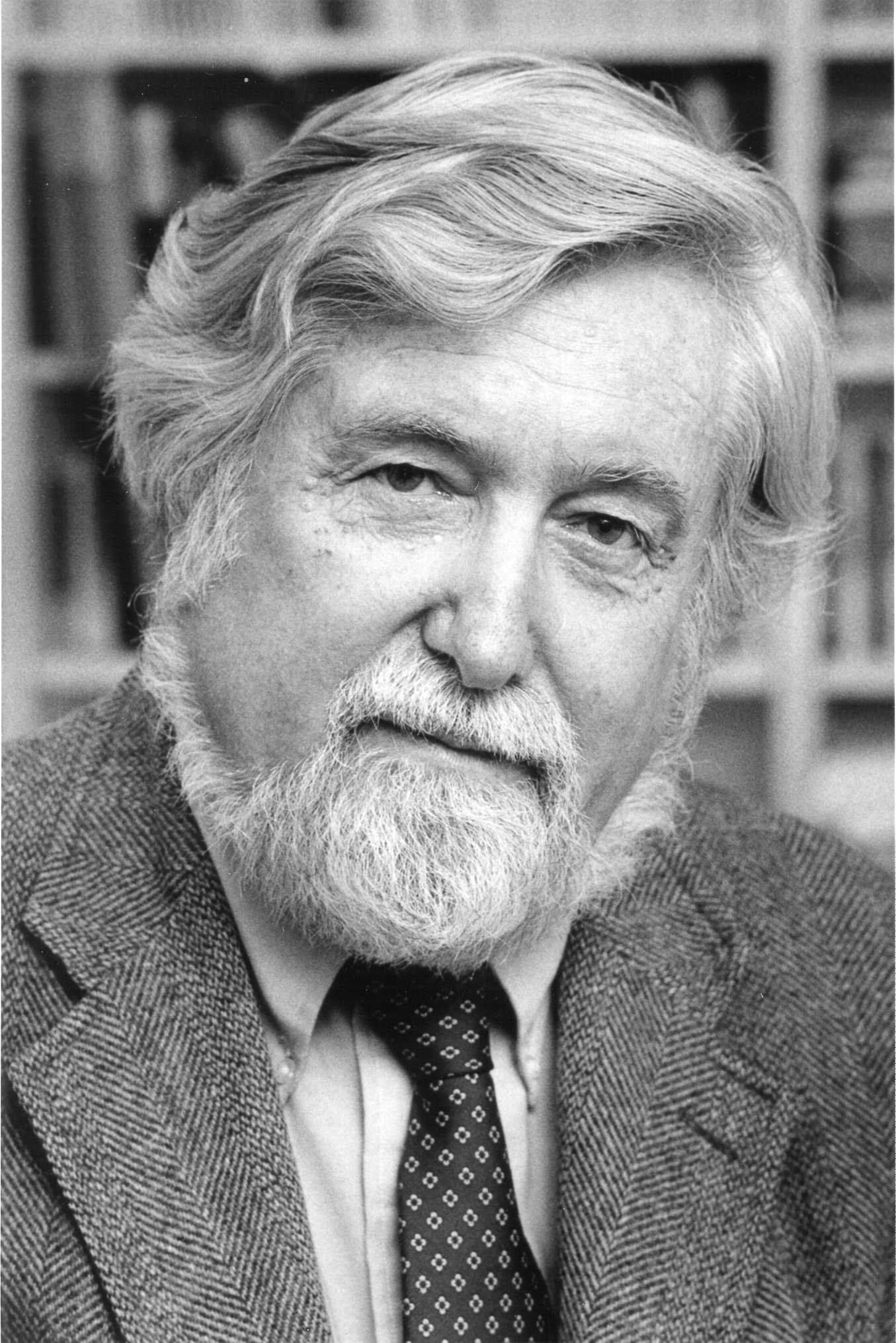Table of Contents
Mass media effects
At the end of 19th century; and at the beginning of the 20th century, there were many technological and scientific accomplishments around the world, especially in the areas of mass media. These technologies started to exert effects which could not be determined good or evil with ease.
Let's talk about mass media development a little bit. Then, we will discuss about mass media effects. See History of Communication Research.
As you can see, behavioral studies (that was also known as scientific way of learning about human being) became very significant. Also, there was an incident of radio broadcasting – A big chaos at the East coast in the US, which was known as Mercury theatre on the Air 1) incident. Incidents like the above and development of psychology studies led to magic bullet theory which point out that the effect of mass media (film and radio) are immediate and strong 2).
Also, the period of cold war was beginning, which means that the period of propaganda started. Joseph Stalin (and many others) believed that film was one of the most influential methods to teach and change people. This kind of political atmosphere also led to researcher to study magic power of mass media. Harold Lasswell was a researcher who believed the potential power of mass media, and wrote Propaganda Technique in the World War (1927)3).
Film had played a primary role in Soviet propaganda from the very beginning. Sergey Eisenstein pioneered a new genre, “Soviet Montage,” in the 1920s. This method manipulates emotions through quick editing and contrasting images. Battleship Potemkin4) and Ten Days that Shook the World5) were his two most highly regarded post-revolutionary pieces. Unfortunately, Stalin did not find Eisenstein's work to be “real” enough to fit into the new “Socialist Realism” genre. Ten Days that Shook the World was banned by Stalin. Stalin embarked on a film tradition of his own.
Stalin had always been fascinated by the medium of film. Seeing is believing, or so the axiom goes, and to a generation new to film what was on the screen might as well have been happening right in front of them. Of course what is on film is not necessarily true, and therein lies the source of Stalin's love for film.
“Cinema is the art of illusion, yet it dictates its laws to life itself ” - Joseph Stalin
Source: http://ashistory.pbworks.com/w/page/13973641/Question%20on%20Stalin%20and%20Culture
This term shows that at the time, people truly believed that the power of the mass media would be omnipotent. As a result, many researchers who supported by the government started studying mass media effects.
The hypodermic needle theory implied that mass media had a direct, immediate and powerful effect on their audiences. The mass media in the 1940s and 1950s were perceived as a powerful influence on behaviour change. Several factors contributed to this strong effects theory of communication. Those were the fast rise and popularization of radio and television, the emergence of the persuasion industries such as advertising and propaganda, the Payne Fund studies of the 1930s, which focused on the impact of motion pictures on children, and Hitler's monopolization of the mass media during WWII to unify the German public behind the Nazi party, and so on. – http://en.wikipedia.org/wiki/Hypodermic_needle_model
Later, researchers such as Stanton, Cantril, and Lazarsfeld studied mass media at Princeton University, and argued that there was little evidence that mass media contents affect or influence people in general. They argued that media were no longer feared as instruments of political oppression and manipulation because the public itself was viewed as very resistant to persuasion and extremist manipulation. They believe that most people were influenced by others rather than by media; opinion leaders in every community, who, at every level of society, were responsible for guiding and stabilizing politics. <Limited effects of mass media, see http://socyberty.com/sociology/limited-effects-theory/>
- Two step flow theory: The stuies found that there was no positive evidence of omni-potent mass media effects. And researchers who were initially interested in studying the mass media effects began to leave the field. But, some researchers started focusing on how people utilize the mass media and their contents; and began to try to understand people's use of mass media (rather than mass media's use of people). For example, [Uses and Gratifications] is an approach or theory arguing that people do use mass media with certain purposes; and they get satisfaction while using them.
- Agenda setting theory: There were other scholars studying the mass media effects with a different approach; and they proposed Agenda setting theory. The theory posits that news media (mass media) may not have omni-potent power to manipulate people; but, they do have a
power to make people what to think about. People believe that they are not manipulated by the news stories. However, the researchers in this line of thoughts argue that people are affected by the mass media – what is important issues around us. - Spiral of silence: The above sudies invited many scholars to restart the mass media and their effects. In the late 70s, and 80s, the ideas of
Spiral of Silenceproposed by a german scholar, Noelle-Nuemann. Also, the The third person effect was proposed. And many other approaches were developed for studying the mass media and their effects.
Theory
See Research Methods Lecture Note first.
. . . [Theories] simply provide an abstract understanding of communication process (Miller, 2002).
Works like lens, frame, etc.: They give us a frame to make sense out of what we are experiencing.
Textbook says:
[Communication theory is] . . . any systematic summary about the nature of the communication process.
Then
- Where did it (the word, theory) come from? and What does it have to do with the word
science? - In natural science, we often hear and use the word, theory.
- By (natural) science,
- Method: a special type of studying the nature (scientific way);
- Result: Generalized findings (generalization)
- Law vs. Theory
- Mendel's law: Law of Segregation; Law of Independent Assortment;
- Newton's Law of Motion: Something that are permanent and consistent – such regularity found in the nature becomes
laws. - Theory of Relativity Something that are not yet permanent and need to be found more – such regularity is called
theory - Comte 6) grasps the idea of science . . .
of the social. This special science of the social started to be calledsociology. - In fact, many schoars in those days gave a big shot to explain things in a natural science manner. Darwin tried to explain how and why human beings were shaped and behaved just like they were; and propsed an idea of “theory of natural selection. Gregor Mendel also found out that laws of genetics could be applied to human beings; and believed that human beings could be explained in a scientific manner. Sigmund Frued7), John Dewey8), etc. were all tried to explain – in a way or another – human beings in scientific manner. This had gone far upto the area of history by Karl Marx9). We might talk about him later.
 What it suggests is that those who employed scientific way of knowing things believed that they were studying science – something different from that had been studied for a long time. They were not studying Poetry, Rhetoric, etc. They were, they believed, studying SCIENCE, which was hold by laws and theories.
What it suggests is that those who employed scientific way of knowing things believed that they were studying science – something different from that had been studied for a long time. They were not studying Poetry, Rhetoric, etc. They were, they believed, studying SCIENCE, which was hold by laws and theories.
Reference
- Emile Durkheim, Rules of Sociological Method (Free Press) pp. xliii-liii, l-l3, 27-46.
- Max Weber, ”Science as a Vocation“ in Hans Gerth and C. Wright Mills, eds., From Max Weber: Essays in Sociology (Oxford, l946) pp. l29-l56.
- Anthony Giddens, “Positivism and Its Critics” in Tom Bottomore and Robert Nisbet, A History of Sociological Analysis (New York: Basic Books, l978) pp. 237-
- Max Weber, ”'Objectivity' in Social Science and Social Policy“ in Maurice Natanson, ed. Philosophy of the Social Sciences (Random House, l963) pp. 355-4l8.
Philosophical approach
What is philosophy?
- study of knowledge (knowing) – epistemology and
- study of existence – ontology
The thing (existence) --- the thing in my mind (knolwedge)
|
|___ certitudes
- Empiricism: Knowledge is embodied into our mind from the sense experience. It emphasizes the role of experience and evidence. Only things that are discovered through experience and presented as evidence becomes a solid human knowledge – this was, once, a way of knowing in (natural) science. –> John Locke, George Berkeley, and David Hume, etc. see Tabula rasa
- Idea: by Plato. What we experience are copies of
ideal status. The truth is there; but will never be discovered; since only their copies will be experienced. see 철학적인_접근에서의_이론
Elements in (Social) Theory
Some elements involved in the exaplanation of the social phenomena, the society, the world, etc.:
- Society
- Individual (People)
- Communication
In other words, you want to explain the world with the above three materials, because they are the essence of the world, and social phenomena.
There are four major different approaches in doing the above:
- Conjunctive-based;
- Attributes-based;
- Situation-based;
- Enacted-based
Each approach does have a unique way of seeing the world (epistemologically and ontologically).
Conjunctive approach
- Putting weigh on the society (the world, the whole, the structure, the institutes).
- Assumption: The approach suggests that somehow the whole governs people in how to think; how to act; and how to interact with each other.
- Structuralism
- Marxism
Marxism
- Dialectic (from Hegel):
- Thesis; Anti-thesis; Syn-thesis
- Historical Materialism
- Means of production: what is it and who owns it? : Marx argued that there is a main mean of production in each specific period. This becomes a base for everything (culture, politics, society, custom, etc. ). For example,
- Feudalism in the middle age: (cf. toll gate)
Three classes: King and his Knight; the Priest; the Peasant- Their relationship was based on the land – the mean of production at that time: According to who owns land, two classes were found: Landowners vs. Serfdom
- Rise of merchant class10)
- They brought gold and money (paid their wealth) to the ruling class (king) as taxes.
- Also, they put into their money into the land (by obtaining lands and
managingthem – commercial agriculture). - But, did not enjoy the
king's right - They kept and accumulate
the wealth. These are used for industrial capitalism.
- As this system get more sophisticated, new classes emerged: Bourgeoisie vs. workers
- the rise of capitalism: The mean of production became
capitalinstead ofland; and those who own it became capitalists.
- Marx thought that history is a series of this kind of development (thesis - antithesis - synthesis).
- feudalism - accumulation of wealth - capitalism . . . . communism
Structuralism 11)
- Structure over individuals
langueandparole(system of language vs. use of language = speech)
- Creation of myth and stories
- People who make and produce myths are influenced by the structure of myth (unwittingly and unintentionally).
- story of cinderella vs. congji and patji.
- Durkheim's theory of suicide
- Merton's strain theory
Attribute approach
Assumption: Individuals are like atoms. If a researcher figures out how an individual's decision making process works, such process would be common to everyone in the society.
Elaboration Likelihood Model
Main vs. Peripheral routes (in processing information)
- Which route is used? It depends upon the individual's interest in the idea (information) and degree of relevance with the information.
- Main route vs. Periphenral route
Consistency Theory 12) Cognitive Dissonance
Read:
Situation based approach
The thing (existence) -- the thing in my mind (knolwedge)
|
|___ certitudes
A cup or a desk example: From empiricism . . . . The thing in your mind and the thing that you are seeing in front your eyes are equal. There is no doubt about it. We do not consult with each other for what each one is experiencing.
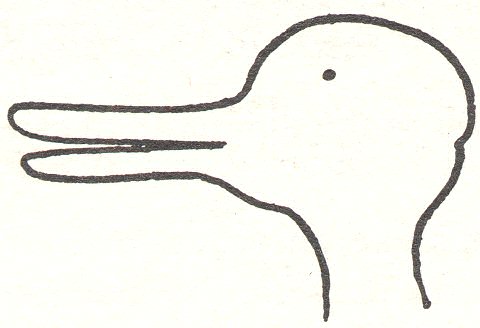 Then, what about the picture? What is it? Or, http://viscog.beckman.illinois.edu/flashmovie/15.php for thoroughness of human perceptions.
Then, what about the picture? What is it? Or, http://viscog.beckman.illinois.edu/flashmovie/15.php for thoroughness of human perceptions.
Edmund Husserl
19세기에서 20세기에 걸쳐 급속하게 발전한 과학과 기술은 전통적으로 철학의 영역이라 여겨지고 있었던 분야들을 자신의 범주로 포함시켰다. 특히 심리학의 형성과 발전은 인지, 정신과 같은 철학 본원의 영역으로 인정 받던 분야 역시 과학의 탐구 대상에서 제외될 수 없음을 보여주었다. 이렇게 과학의 거센 도전을 맞은 철학은 영국, 미국의 철학과 같이 보다 과학쪽으로 다가가거나, 리케르트와 같은 신칸트주의에서 처럼 과학과 철학을 별개의 학문으로 분리하려는 움직임이 있었다. 후설은 앞의 움직임과는 다른 방향에서 과학을 바라보았다. 그는 과학의 근간을 이루는 실증주의를 공격하여 그것이 참된 의미의 객관이 될 수 있는지 물었다. 이러한 실증주의 비판을 통해 후설이 제창한 철학을 현상학이라 한다. - Edmund Husserl Wikipedi Kr.
see brunch.co.kr 글
Information (from the object to your brain + something else)
- something else = consciousness ?
- Does this mean that you are making up the truth (in everyday)?
- Then, is it okay to say that we build our knowledge; rather than
discover? - i.e., What is Ajou university?
- What is friendship?
- Then, how about the desk that you are seeing now.
The fact that we know things may be:
- Empirical experience
- + something else → social and cultural order + individual consciousness ?
Phenomenology in philosoph (Edmund Husserl)
- Cartesian reality doesn't exist. . . .
-
- (In the first video), The nature of being and existence = the reality
- The reality could be grasped by and through the structure of conscioussness
- logics and empiricism (Cartesian knowledge) obtain the knowledge of “real.”
- affected by “intentionality” or sort of “subjectivity”
- It goes
- into Martine Heideger,
- couscioussness is a product of the historical constext from which it arises and, in turn, one can never approach an object of study in a presuppositionless form.
- In other words, “intentionality” is not an object that can be scructinized or studied alone.
- Reality and conscioussness are co-creations of the two.
- Rabbit-like thing (reality) and rabit created by the person are inseparable from each other. . . . .
- (in the second), Meaning (of the world around us) only comes into existence ina relationship with out own senses, emotions and conscioussness. Therefore the world around us is what interpreation of the world around us actually mean.
- Jean-Paul Sartre
- . . . .
-
- In sociology, phenomenology in sociology 혹은 sociological phenomenology (Alfred Schutz)
Alfred Schutz
Erving Gofffman
- Dramaturgy or dramaturgical perspective
- The Presentation of Self in Everyday Life = Facework
- Interaction Ritual
- Frame analysis (individuals' conceptual frame )
Harold Garfinkel
- How come people are not confused about what they refer to?
- Garfinkel and other researchers point to Indexicality. Meanings are embedded in the social contexts. Therefore, meanings cannot be studied alone (operationalized scientifically).
- Nevertheless, the some social actions and their meanings are strong → social orders.
- Breaching experiment: Where does the social rules (force, social institution) come from?
Understanding of social orders: – ethnomethodology
Clifford Geertz
Geertz states that we must proceed interpreting a culture’s web of symbols by isolating its elements, specifying the internal relationships among those elements and characterize the whole system in some general way?according to the core symbols around which it is organized, the underlying structures of which it is a surface expression, or the ideological principles upon which it is based. Culture is public because “meaning is,” and systems of meanings are what produce culture, they are the collective property of a particular people
Thick Description, “symbolic anthropology”, meaning → culture, understanding of meaning (public symbol), . . . .
What they argue is that:
- The things, ideas, knowledge, etc. are created (constructed) in the social actions between (among) people.
- See also
- Heritage, J. (1984). Garfinkel and ethnomethodology. Englewood Cliffs: Prentice-Hall.
Enacted approach
See Structuration Theory and Sir Anthony Giddens
According to Giddens:
- Society –> social orders = rules and resources = structure
- Individuals –> agency; agency's knolwedge about social rules and how to use resources
- Agency draw upon rules and reosources (structure) in their social interaction. While doing that, they create, maintain, change, modify the rules and resources.
- Recursively maintained social orders (hence, duality of structure) means and ends 수단과 결과물

